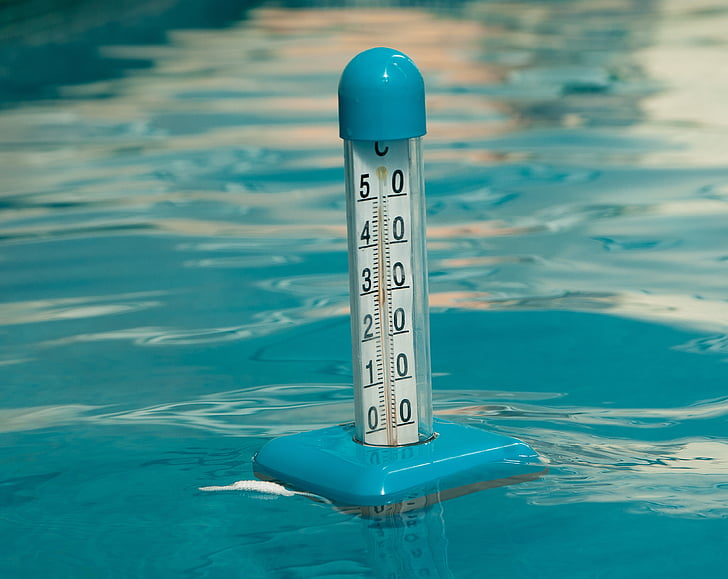Caring for live aquarium plants
Introduction: Why Live Plants Matter in Aquariums
Adding freshwater aquarium plants to your tank enhances both aesthetics and water quality. These plants help maintain oxygen levels, absorb excess nutrients, and reduce algae growth. They also create a natural habitat for fish, providing them with shelter and breeding spots.
Unlike artificial decorations, live plants play an active role in the aquarium ecosystem. They promote a stable nitrogen cycle by breaking down fish waste and preventing harmful ammonia spikes. Choosing the right plants ensures a balanced, low-maintenance environment.
Beginners often worry about plant care, but many species are easy to maintain. Hardy plants like Java Fern, Anubias, and Amazon Swords thrive in various conditions. Starting with these species can make plant-keeping an enjoyable experience.
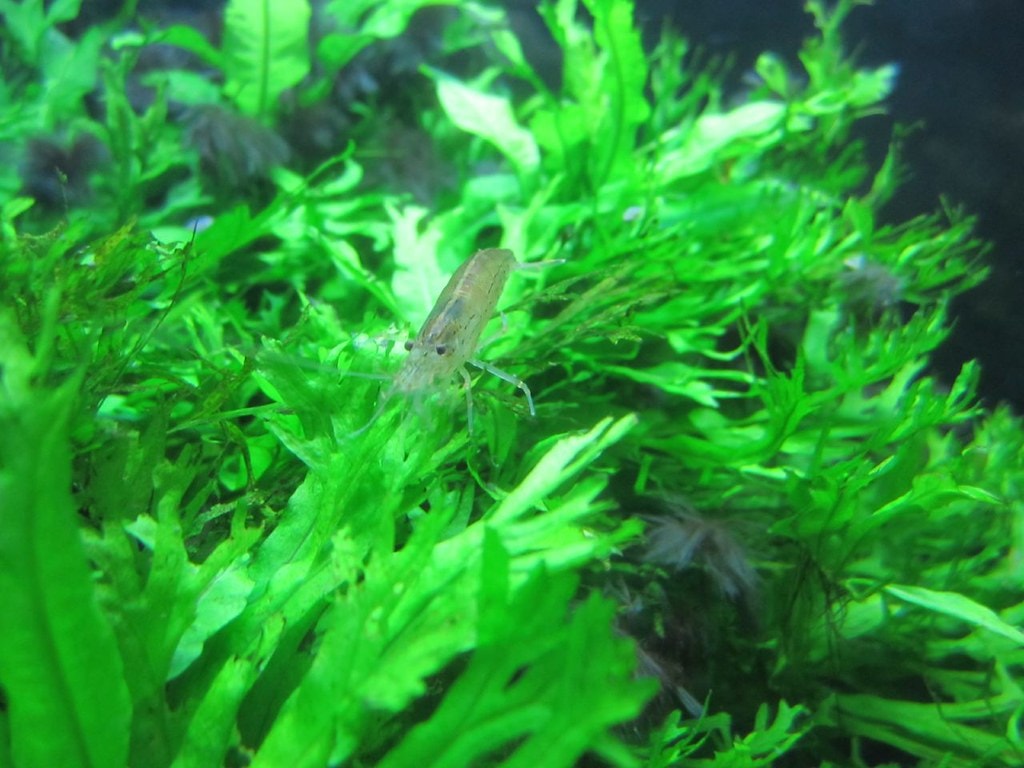
Choosing the Right Live Plants for Your Aquarium
An aquarium plant guide helps aquarists select the best plants based on their tank setup. Factors such as lighting, CO₂ levels, and substrate type all influence plant health. Low-light plants like Java Moss require minimal care, while high-light species need specialized attention.
Some plants grow best when rooted in the substrate, while others, such as floating plants, do not require planting. Understanding plant categories helps aquarists choose species that fit their experience level and tank conditions.
If you are new to planted tanks, focus on slow-growing species that demand less maintenance. Popular choices like Cryptocorynes and Vallisneria are perfect for beginners and add natural beauty to any aquarium.
Substrate Selection for Healthy Plant Growth
Understanding how to care for aquarium plants starts with choosing the right substrate. A nutrient-rich base supports root growth and provides essential minerals. While some plants thrive in regular gravel, others need aquasoil or root tabs for proper nutrition.
Rooted plants, such as Amazon Swords and Crypts, extract nutrients directly from the substrate. On the other hand, epiphytic plants like Java Fern and Anubias absorb nutrients from the water column. Knowing your plant’s needs ensures healthy growth.
Different types of aquarium plants require specific substrates. Carpeting plants like Monte Carlo spread quickly over aquasoil, while floating species like Water Lettuce need no substrate at all. Understanding these differences helps in proper plant selection.
Lighting Requirements for Live Aquarium Plants
Keeping live plants in aquarium tanks requires proper lighting for photosynthesis. Light intensity, duration, and spectrum all affect plant health. Full-spectrum LED lights mimic natural sunlight and promote steady growth.
Different plants have varying lighting needs. Low-light plants like Anubias thrive under dim conditions, while high-light plants need intense illumination. Managing light exposure is essential to prevent excessive algae growth.
Understanding the common aquarium plants that match your lighting setup is crucial. Hardy species like Java Moss, Hornwort, and Water Wisteria adapt well to various conditions, making them excellent choices for both beginners and experienced aquarists.
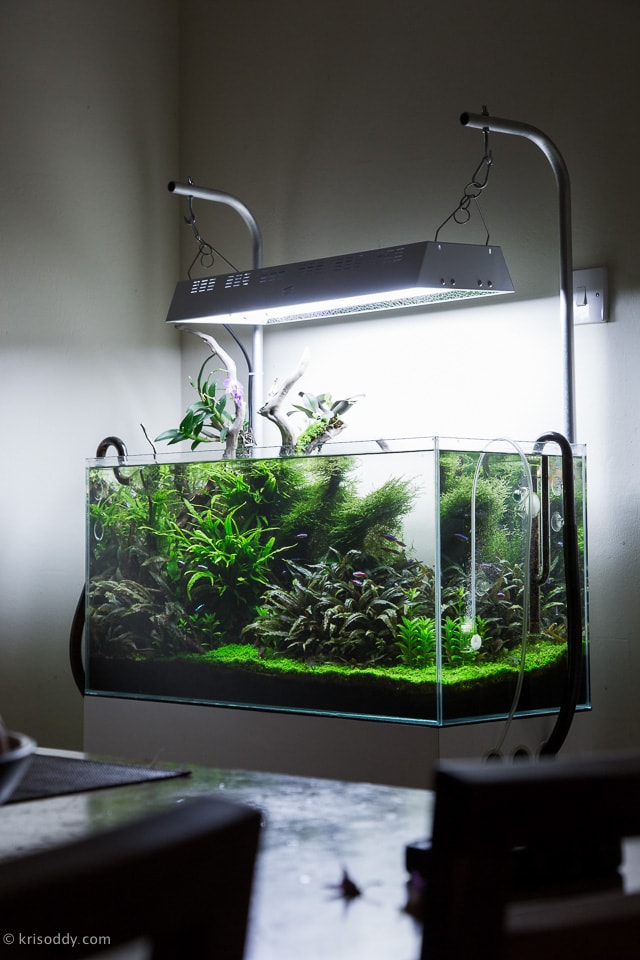
Essential Nutrients for Healthy Aquarium Plants
To ensure the best growth, aquatic plants require a steady supply of nutrients. These include macronutrients like nitrogen, phosphorus, and potassium, as well as micronutrients like iron and magnesium. Without proper nutrition, plant growth slows, and leaves may turn yellow or develop holes.
Unlike artificial plants, which require no maintenance, live plants need a nutrient-rich environment. Some plants absorb nutrients through their roots, while others take them directly from the aquarium water. Adding liquid fertilizers and root tabs can help provide missing nutrients.
If you want to grow aquarium plants successfully, monitoring water quality is essential. Poor conditions can stunt growth, promote algae, and lead to unhealthy plants. Regular water changes help maintain a stable balance of nutrients, preventing excess buildup of waste.
The Role of Carbon Dioxide in a Planted Aquarium
Carbon dioxide (CO₂) is crucial for aquatic plants, as it fuels photosynthesis and supports healthy growth. In heavily planted tanks, adding CO₂ helps plants thrive, making their colours more vibrant and their leaves fuller. Without enough CO₂, some plants may struggle to grow.
While some aquarium plants can survive on naturally dissolved CO₂, others benefit from injected carbon dioxide. High-demand species like stem plants grow faster and healthier with added CO₂. However, CO₂ levels should be carefully monitored, as excessive amounts can harm fish.
Maintaining a well-balanced planted aquarium means considering CO₂ alongside light and nutrients. When these three factors are in harmony, plants grow optimally, oxygen levels remain stable, and algae is kept under control. Proper CO₂ levels also improve the overall water chemistry of the tank.
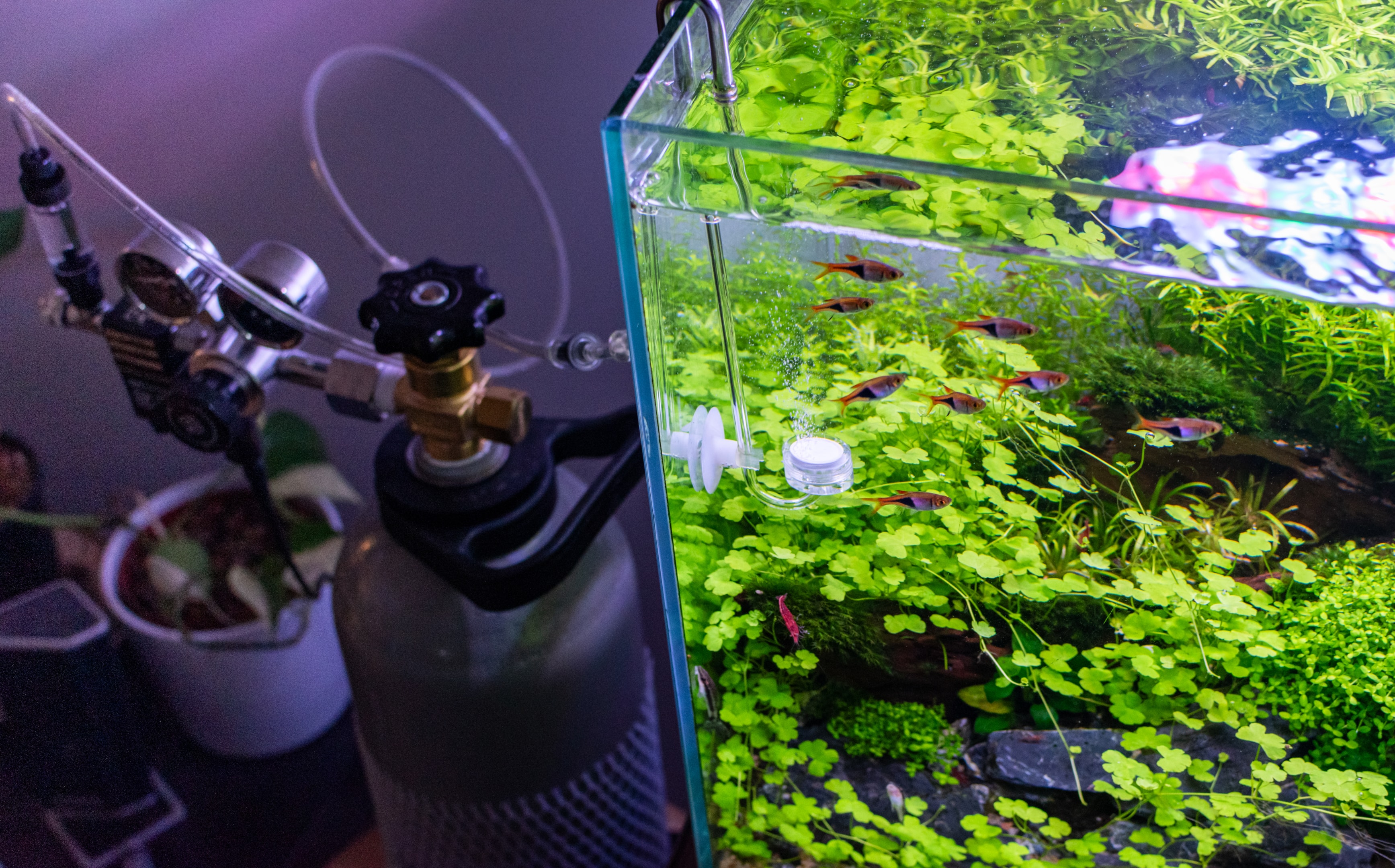
Water Parameters and Their Impact on Aquarium Plants
Maintaining proper aquarium water conditions is essential for the health of aquatic plants. Factors like water temperature, pH levels, and hardness directly affect plant growth. Most aquarium plants need a stable temperature between 72-82°F to thrive.
Unlike artificial plants, live plants respond to changes in water chemistry. Sudden fluctuations in pH levels or hardness can cause stress, leading to yellowing leaves or slow growth. Testing the aquarium water regularly ensures a stable and healthy environment.
Consistent water changes help prevent nutrient imbalances and improve oxygen levels for both plants and fish. Changing 20-30% of the water weekly removes excess waste, keeping both aquatic plants and livestock in optimal condition.
The Importance of Substrate for Aquarium Plants
The substrate form used in a tank plays a major role in the growth of aquatic plants. While some aquarium plants need nutrient-rich substrates like aquasoil, others can grow in gravel or sand with additional root tabs. Choosing the right substrate depends on the types of plants in the tank.
Unlike artificial plants, which don't rely on the substrate, rooted species like Amazon Swords and Cryptocorynes depend on it for nutrient uptake. A good substrate form allows roots to spread properly, ensuring long-term stability and health.
For aquarists looking to grow aquarium plants successfully, maintaining a well-balanced substrate is essential. Nutrient-rich substrates not only promote plant growth but also enhance the overall aesthetic of a planted aquarium.
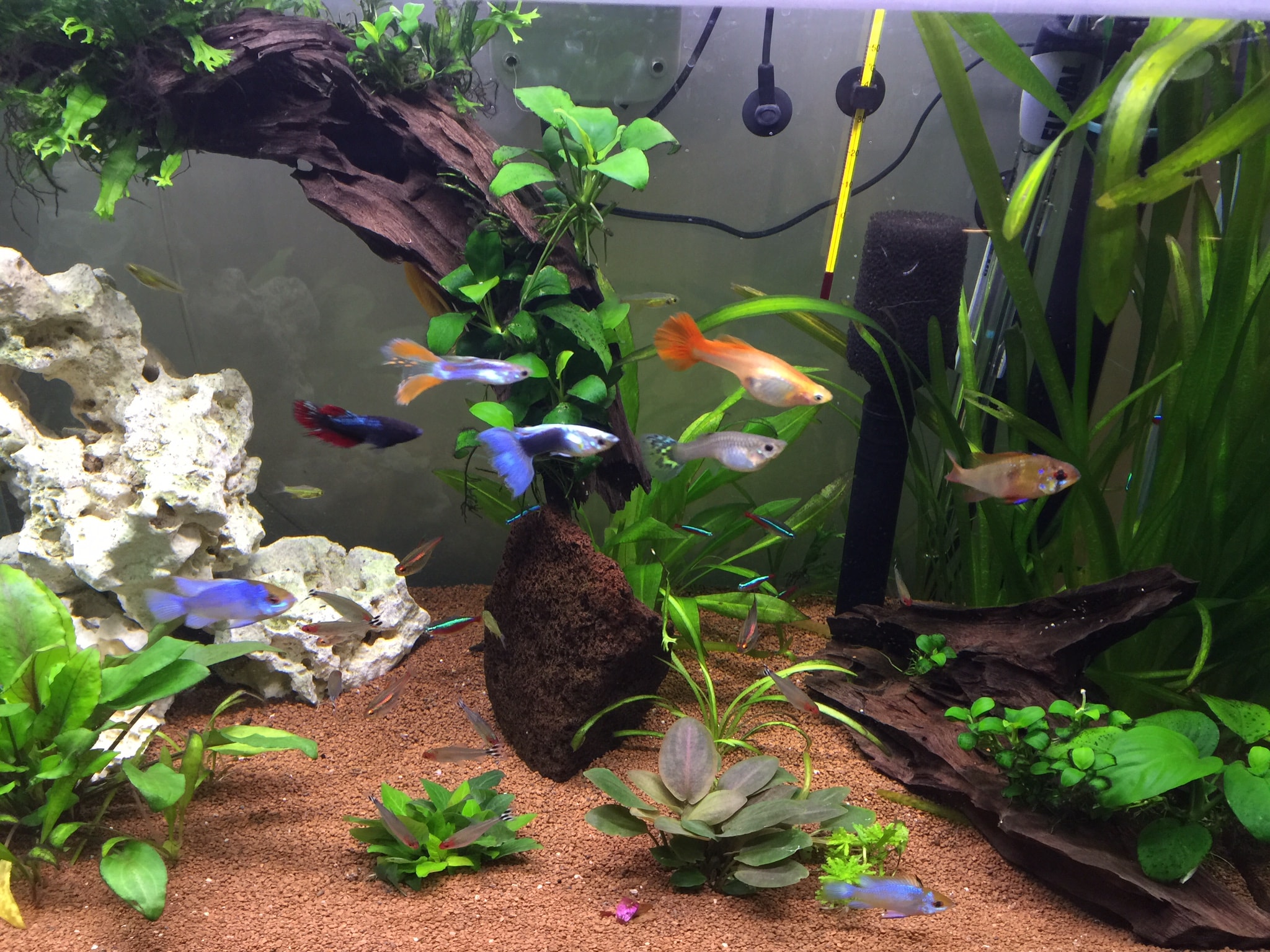
Preventing Algae Growth in a Planted Aquarium
One of the biggest challenges in maintaining aquatic plants is controlling algae. Excess nutrients, prolonged lightexposure, and poor water quality contribute to rapid algae growth. To prevent outbreaks, balance light, CO₂, and nutrient levels while maintaining proper filtration.
Unlike artificial plants, live plants compete with algae for nutrients. A well-planted tank with fast-growing species can naturally outcompete algae and prevent it from taking over. Proper aquarium water circulation also helps remove excess waste that fuels algae blooms.
Regular water changes and controlled feeding prevent nutrient buildup, keeping aquatic plants healthy. Ensuring that your aquarium plants need only the required nutrients helps limit unwanted algae while promoting plant growth.
Providing the Right Lighting for Aquarium Plants
Proper light is crucial for aquatic plants to thrive. Different plants require varying intensities and durations of light, with some needing high-intensity LED lighting while others do well with moderate lighting. The right balance prevents algae overgrowth and promotes steady plant development.
Unlike artificial plants, live plants rely on light for photosynthesis. Too little light can lead to poor growth and yellowing leaves, while too much can trigger algae outbreaks. Setting up a timer to provide 8-10 hours of consistent light helps maintain a stable environment.
Adjusting water chemistry, CO₂ levels, and nutrient dosing ensures that aquarium plants need only what is necessary for optimal growth. A well-lit tank enhances plant coloration, supports a natural ecosystem, and improves oxygen levels for both fish and plants.
The Role of Oxygen and Water Circulation in Plant Health
Proper oxygen levels are essential for both aquatic plants and fish. During the day, plants produce oxygen through photosynthesis, which benefits the entire tank ecosystem. However, at night, they consume oxygen, making water circulation crucial to maintaining balance.
Strong water flow helps distribute nutrients, CO₂, and aquarium water evenly throughout the tank. Without adequate circulation, some aquarium plants need additional adjustments, such as repositioning in areas with better flow. Filters, air stones, or powerhead can improve oxygen exchange.
A well-oxygenated fish tank ensures that both plants and fish thrive. Proper filtration, combined with regular water changes, supports beneficial bacterial activity and prevents stagnation, keeping the aquatic plants healthy.
Routine Care for Long-Term Success
Providing proper care for aquatic plants ensures a thriving, lush environment. This includes trimming overgrown plants, removing dead leaves, and monitoring nutrient levels. Healthy plant growth contributes to a balanced tank, benefiting both fish and water conditions.
Regular water change schedules prevent excess waste buildup, maintaining stable water quality. Unlike artificial plants, live species require continuous observation to ensure they receive the right nutrients, light, and CO₂. Checking water temperature and pH levels further supports plant health.
A successful planted aquarium requires dedication, but the results are rewarding. With proper care, aquarists can enjoy a vibrant underwater landscape filled with thriving aquatic plants and happy fish.
